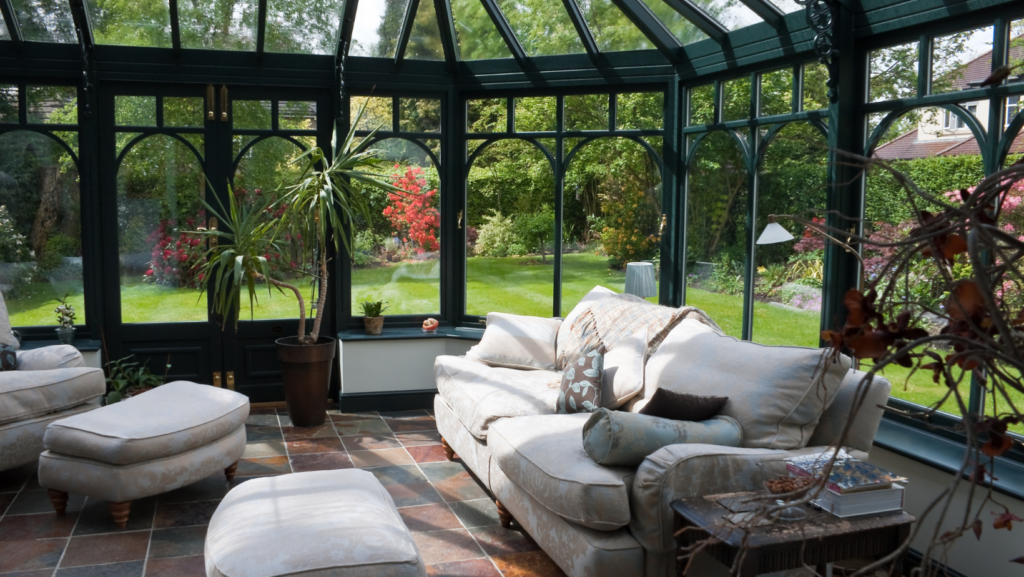The Benefits of Bees for the Environment


Bees are often recognized for their role in producing honey, but their contributions to the environment extend far beyond this sweet treat. These small yet mighty insects are essential to the health and sustainability of ecosystems worldwide. The benefits of bees for the environment are numerous, ranging from pollination to biodiversity support, making them indispensable to both natural habitats and human agriculture.
Pollination: The Cornerstone of Ecosystems
One of the primary benefits of bees is their role as pollinators. Bees transfer pollen from one flower to another, facilitating the reproduction of many plants. Fruits, vegetables, and nuts all depend on this process for growth. In fact, bees pollinate about 75% of the world’s flowering plants and approximately 35% of global food crops. Without bees, the production of crops such as apples, almonds, and blueberries would significantly decline, leading to reduced food availability and increased prices.
Supporting Biodiversity
Bees contribute significantly to biodiversity. By pollinating a wide variety of plants, they support the growth of diverse plant species, which in turn provides habitats and food for other organisms. A rich plant diversity creates a stable environment that can support a wide array of wildlife, from insects and birds to mammals. This intricate web of life is vital for ecosystem resilience, enabling ecosystems to withstand and recover from environmental stresses such as climate change and disease outbreaks.
Soil Health and Erosion Control
Bees indirectly contribute to soil health and erosion control. Plants that rely on bees for pollination often have extensive root systems that help bind the soil together, reducing erosion. Additionally, healthy plant growth improves soil structure and fertility by contributing organic matter through leaf litter and root decay. This enhances the soil’s ability to retain water and nutrients, promoting a more sustainable and productive environment.
Promoting Genetic Diversity
Through their pollination activities, bees help to promote genetic diversity among plants. As bees move from flower to flower, they mix the genetic material of different plants, leading to more resilient plant populations. Genetic diversity is essential for plants to adapt to changing environmental conditions and to resist pests and diseases. This diversity ensures long-term survival and adaptability of plant species, which is crucial for maintaining ecosystem stability. Additionally, the use of humane animal removal tools ensures that bees and other pollinators are safely relocated when necessary, preserving their vital role in promoting genetic diversity within ecosystems.
Economic Value
The economic value of bees extends beyond their environmental benefits. The agricultural industry relies heavily on bees for pollination services, which are estimated to be worth billions of dollars annually. Many crops that form the backbone of global food supply chains depend on bees. The decline in bee populations could therefore have severe economic consequences, affecting food prices, agricultural productivity, and livelihoods.
Environmental Indicators
Bees also serve as important environmental indicators. The state of the ecosystem as a whole is reflected in their health. Bee population decreases frequently portend larger environmental problems including pollution, habitat loss, and climate change. Monitoring bee populations can thus provide early warnings of environmental degradation, prompting necessary conservation efforts to protect ecosystems.
Conservation Efforts
Recognizing the importance of bees, various conservation efforts have been initiated worldwide. These include creating bee-friendly habitats, reducing pesticide use, and supporting sustainable farming practices. Urban beekeeping has also gained popularity, with cities establishing apiaries in parks, rooftops, and gardens to boost bee populations. Education and awareness campaigns are crucial in encouraging individuals and communities to take action in protecting these vital pollinators.
Conclusion
The benefits of bees for the environment are profound and multifaceted. They are essential pollinators that support food production, biodiversity, soil health, and genetic diversity. Moreover, they provide significant economic value and act as environmental indicators. Protecting and preserving bee populations is not only crucial for maintaining healthy ecosystems but also for ensuring the sustainability of human agriculture and food security. By recognizing and supporting the vital role of bees, we can contribute to a healthier, more balanced environment for all living organisms.





